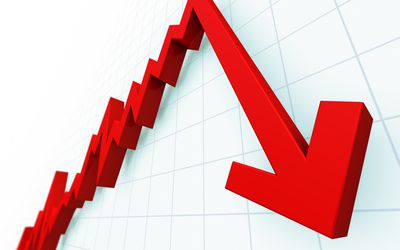Sold 49.060606 Shares of Norfolk Southern Railroad for a 14.97% Annual Gain
On 09/14/2020, Norfolk Southern Railroad’s price hit $220.13 at opening. I set my sell point via an automatic sell at $219.88 and thus the shares automatically sold at $220.13.
Sold 49.060606 Shares of Norfolk Southern Railroad for a 14.97% Annual Gain Read More »





